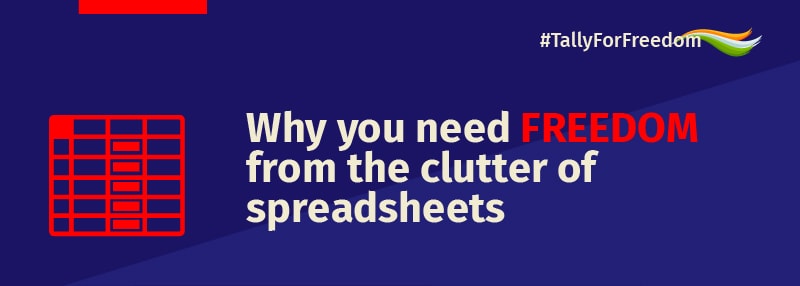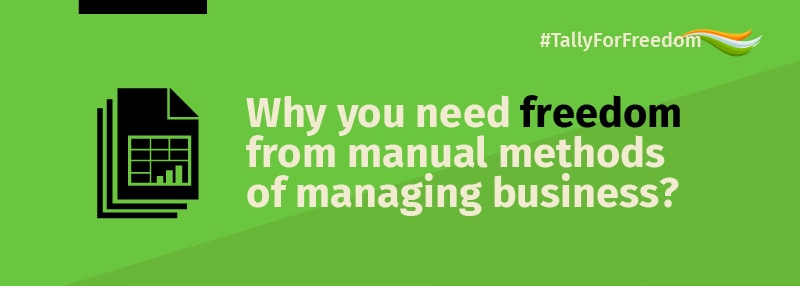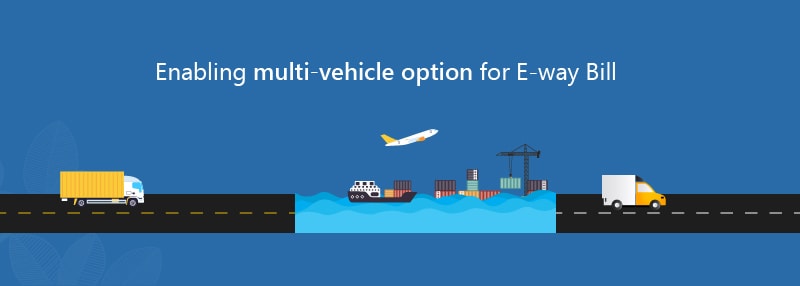Spreadsheets are a popular method for most small businesses to start maintaining computerized business records, but, as the business grows and the scope of its operations increases, it becomes increasingly difficult to continue working with the clutter of various spreadsheets.
In this blog, we will attempt to discuss, why you probably need freedom from the clutter of spreadsheets, and look at more efficient alternatives such as software to maintain your business processes:
Software better designed for business than spreadsheets
Most book-keeping softwares have been developed by those who understand the various facets of business – accounting, inventory and compliance, and thus are ready to use products. For e.g. an accounting software does not really require any accounting know-how nor any additional formulas or programming; an inventory software has in built stock classification features. With spreadsheets however, you have to design your own process, which may or may not be optimal. While the basic usage of spreadsheets is prevalent, advanced features require time for proper learning and experience. Not to forget the hassle of tedious manual entry, managing multiple worksheets and feeding in complex formulas.
Software provides automated reports quicker than spreadsheets
Business management softwares can quickly generate helpful, high-level financial reports, the reason being – financial transactions are consolidated and managed from one central location, eliminating the need to maintain data in different spaces. Most importantly, financial accounting software provides access to real-time data, which gives you an insight into the financial health of your business. With spreadsheets, compiling such financial reports is a challenge, as data with regards to a transaction is spread across separate worksheets. Thus, the financial reports that you need can be compiled only via careful manual calculation, which is a time consuming process.
Software manages data more accurately than spreadsheets
One of the biggest advantages of small business book-keeping software is that the mathematical back-end is completely managed – including automated postings to ledgers and journals – allowing for accurate business data. Checks and measures can be built into the system to streamline date entry and reduce potential errors. When you use spreadsheets, there is always a possibility to make errors in entering data, or in the formula being used or due to accidental changes or deletions.
Software integrates business operations better than spreadsheets
Mostly, you will come across small business accounting software with inventory handling capabilities. For instance, in a typical trading firm, the accounting package doubles up as an inventory management software as well as an inventory control software and an inventory tracking software. Thus, while you record an accounting transaction, you can also easily send electronic invoices to clients, track payments, manage budgets, reconcile banking records etc. However if you use spreadsheets, separate sheets or systems will need to be maintained for other business operations such as sending, receiving, and resolving payments.
Software manages compliance better than spreadsheets
While some small businesses in India do have internal accountants, some also do outsource accounting to book keepers. In addition, when it comes to compliance, most businesses take the services of auditors with whom the business data is shared for GST return filing. In such scenarios, the external accountant or auditor can work more efficiently, if the data is maintained in conventional business softwares, rather than customised spreadsheets, which makes life easier for the business as well.
While the spreadsheets vs. software debate may rage on and find its natural conclusion, it is important for businesses to understand the difference between “computerized business†and “business on computersâ€. The need for the hour is not just to understand the advantages of computerized system over manual system and therefore, do the activity of managing business on the computer, but also to use a system that follows the business owner’s train of thought. Given the demands of stringent compliance norms in the GST regime, more businesses across the country will be seen discontinuing their usage of spreadsheets, appreciating the benefits of software and adopting the right technology for their business.







